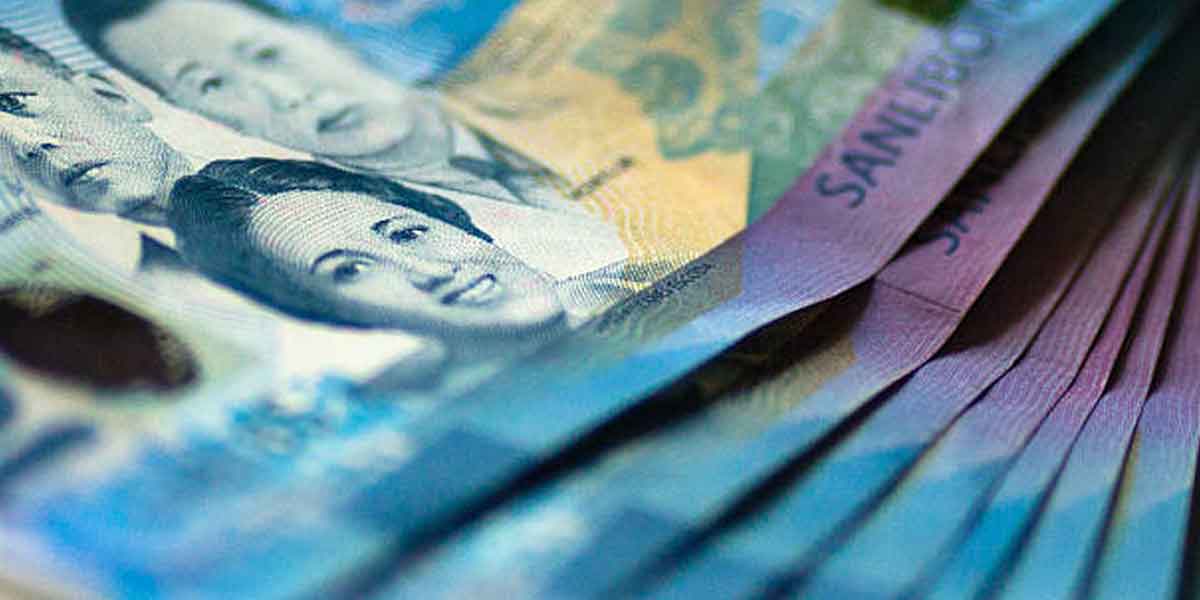 By Engr. Edgar Mana-ay
By Engr. Edgar Mana-ay
Researchers and pharmaceutical companies are facing tremendous pressure from their respective governments to be the first to put in the market an effective Covid-19 vaccine. For sure the supply will be limited, so who gets it first? Several rich countries (we are not) have already secured big manufacturing contracts for the production of select vaccine candidates. There is even a gossip that the presidential pardon granted to US serviceman Pemberton convicted in killing a Filipino gay is related to the soon available US vaccine.
Because of an anticipated “vaccine nationalism”, a group of international organization has set up a new initiative called: Covid-19 Vaccines Global Access Facility (COVAX), TO ENSURE FAIR AND EQUITABLE ACCESS TO Covid-19 vaccines. The effort is meant to prevent a repeat of what happened during the 2009 H1N1 pandemic, in which richer countries bought up virtually all available supplies as poorer countries (like our country of course) were shoved to the back of the line. The Coalition for Epidemic Preparedness (CEPI) emerged out of the H1N1 pandemic to support creating and fairly distributing future vaccines, particularly in low-income countries. COVAX is co-led by CEPI, the World Health Organization (WHO) and GAVI, the vaccine alliance. COVAX faces major opportunities and barriers in the coming months. To compete with national interests, the initiative will require billions of dollars and the cooperation of as many countries as possible. So far, at least 76 middle and high-income countries have committed to join (that’s good news), BUT NOT the U.S.
The European Union (EU) has pledged 400 million euros (about $472 million) and threw its full support behind the effort. Non participation of the U.S. created a gaping hole in the global effort. In an emailed press statement, deputy White House Press Secretary Judd Dere said that the “U.S. will continue to engage our international partners to ensure we defeat this virus, but doesn’t want to be “constrained” by multilateral organization. Others read it as “I, me and mine first policy”. COVAX is the world’s one chance to actually rally together for the most important medical commodity in our lifetimes, which is a highly safe and effective Covid-19 vaccine and probably many vaccines because we don’t know which one will be the most effective.
COVAX works as a financing mechanism or an insurance policy, in which, countries pool resources to find a vaccine that works without taking the risk of going solo. Countries may choose to join and wealthier countries also contribute money. This fund supports the development and production of different vaccines, nine of which have been selected for development and evaluation by COVAX. The idea is that if one or several of those vaccines prove effective, COVAX would have the leverage to buy and distribute vaccines- ideally 2 billion doses, in an equitable way across countries to population that need it most such as frontliners, older people and those with high risk health condition.
On the rapidly shrinking global water supply, we should look towards the seas and oceans as our savior. Common is the story of a ship wrecked man floating for days and crying: water, water everywhere and not a drop to drink. As an irony, this is not true anymore because sea water desalination process is now common for almost all nations with coastlines access to the sea. In Africa, all its 37 countries have access to the sea, the same is true of South America wherein only Bolivia and Paraguay are landlocked and yet the irony is that countries in these two continents are suffering from lack of fresh water.
There are about 600,000 kilometers in total of coastlines on Earth and about 2.5 billion people living within the planetary coastline. But the world is talking about an Armageddon “water crisis” when 71% of the earth’s surface is covered with sea water whose volume is about 315 million cubic miles! That certainly is a lot of potential fresh water source very much more than what man needs. If we can develop an economical method to convert sea water to fresh water, then that answers the grave problem of an increasing population with diminishing fresh water supply. There is therefore no reason for the alarmists and activists to raise the great specter of an impending “water crisis” The vast seas and oceans which contains 1,299,000 x 1012 cubic meters of salty water is there for us to conquer its salt component. Instead, we are concentrating on heavy-handed and draconian measures like: water rationing, outlaw residential lawns, increase of commercial and industrial water rates which will discourage growth and water tax along with the carbon tax to solve the fresh water shortage.
There are currently 18,000 desalination plants worldwide which use the technique “reverse osmosis to convert salt water to fresh water, SM City has one, operated by Mactan Rock which convert brackish (half salty than sea water) water from deep wells at its yard to the fresh water supply of SM City. Basically, salty water is pushed at high pressure (which requires lots of electricity) through membranes (not filter) with miniscule pores – less than 100 hundredth (1/100) the diameter of the human hair. The fresh water portion is forced through the microscopic openings but leaving the bulkier molecules of sodium chloride, salt, on the other side of the porous barrier, to be flushed back to the sea. But microorganisms in seawater quickly colonize the membranes and block the pores and controlling them requires costly cleaning or replacement of the membranes so that our Philippine cost is about P70-90/cubic meter fresh water produced depending on the salinity of the source. Standard rate of MIWD for ordinary consumers is at P22/cubic meter.
Israel presently gets 60% of its fresh water supply from its 36 desal plants. Its Sorek desalination plant, 10 miles from Tel Aviv is the largest in the world. It produces 410,000 cubic meters per day of fresh water from the Mediterranean Sea at a cost of only P22/cubic meter! Israel’s Zuckerberg Institute for Water Research has developed a chemical free, almost no cleaning system using porous lava stones to capture the microorganism before they reach the membranes, thereby eliminating almost all maintenance costs to come up with as low as P22/cm desalination cost. We are a country of 7,000 islands surrounded by the sea. All we need is electricity, the will and the expertise to convert sea water around us into fresh water at a competitive cost. We are not far from that. For according to Henry David Thoreau: “To know what we do not know, that is the beginning of knowledge”.
Note: The author is a professional member of the American Water Works Association (AWWA).





















